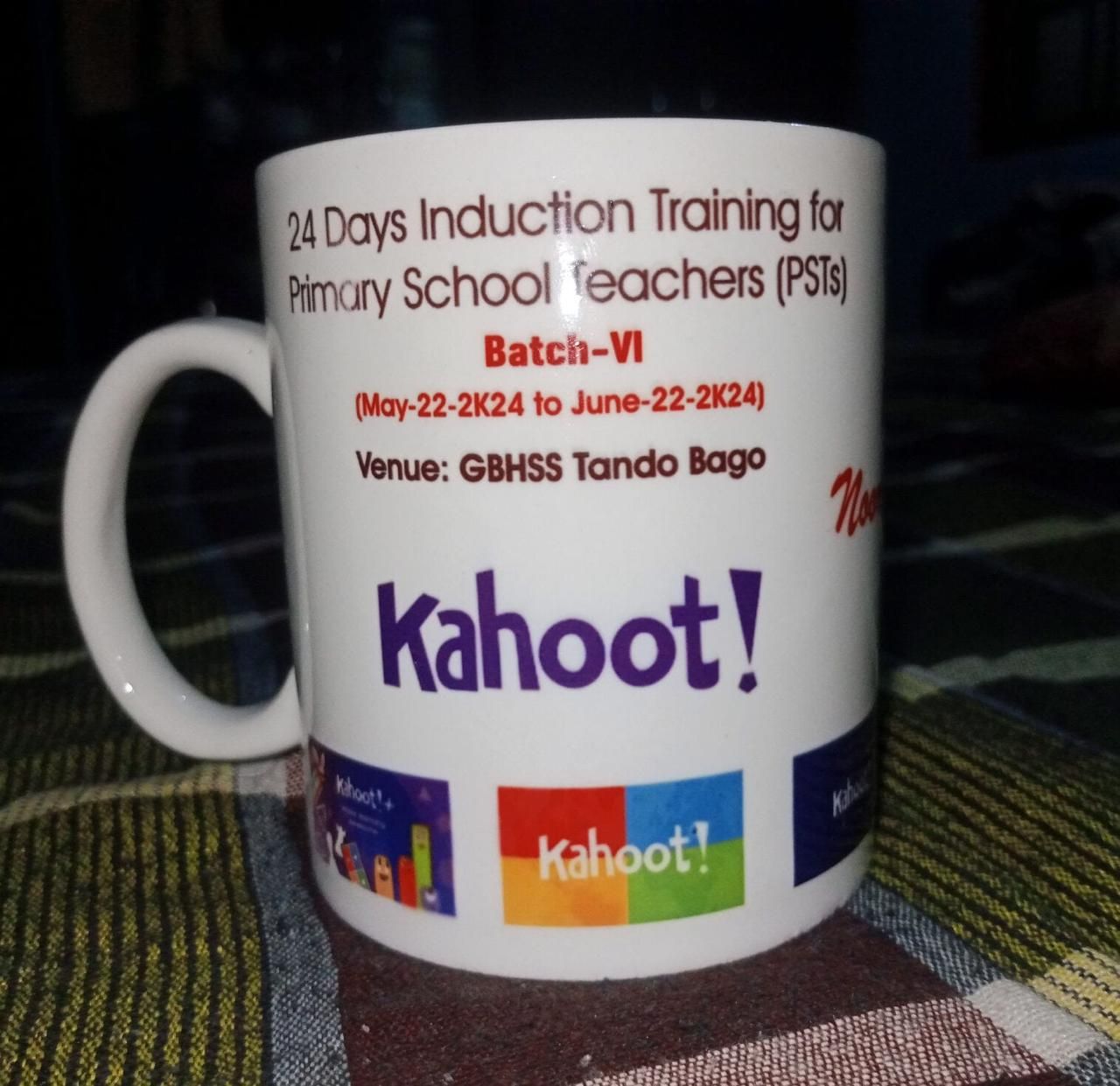@Ana_moderator
Hi colleagues.
Hope everyone is having a great week and a coming weekend.
Here I found some Gamification Tools that are free and ready to explore for us. Hope at least one could be exploring this new school year with your students. It is very fun for them to learn and enjoy the journey at the same time. Some were discussed previously but are part of my list also as a reminder.
- Duolingo: Duolingo is a free online language gamification app offering 94+ language courses. It boasts 500 million+ users worldwide, and the Duolingo for Schools app offers teachers and its users a fun, gamified way to teach language involving personalized and self-paced assignments.
With customizable assignments and lessons, as teachers we can cater to their learning objectives with ease.
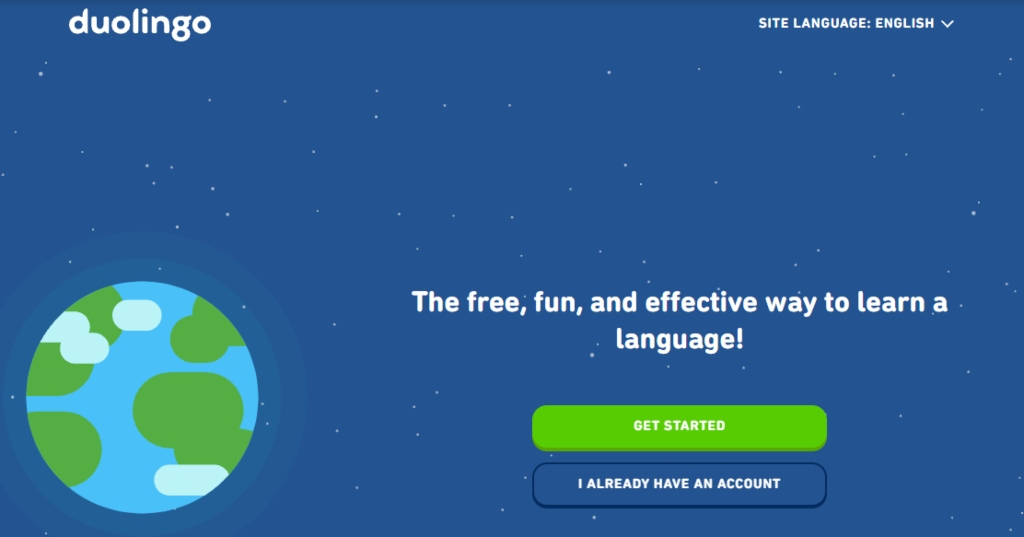
- Arcademics
Arcademics makes multiplayer educational games—free math games, free language arts games, and more for K-8 students.
With Arcademics Plus, teachers and parents can view analytics and reports that allow customization of game content.
Arcademics games play out on the iPad and Android app.
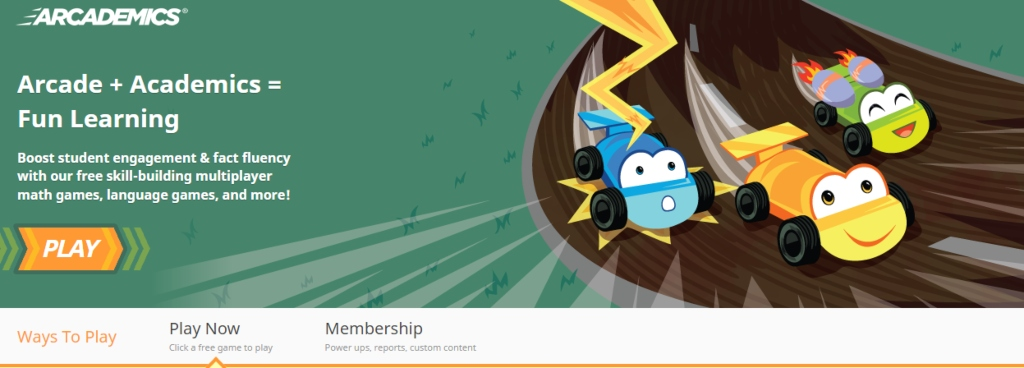
- Jotform Quiz Maker
Jotform Quiz Maker is a supercharged tool that allows users to build dynamic quizzes and polls. The product offers many features, such as conditional logic and calculations, that can be used to create unique quizzes for everyone and score them.
Jotform also allows users to keep track of all of their submissions and manage their data with automated dashboards, graphs, reports, and an analytics tool.
The quizzes can be embedded into a website, shared with a link or QR code as well as easily built into a no-code mobile app.
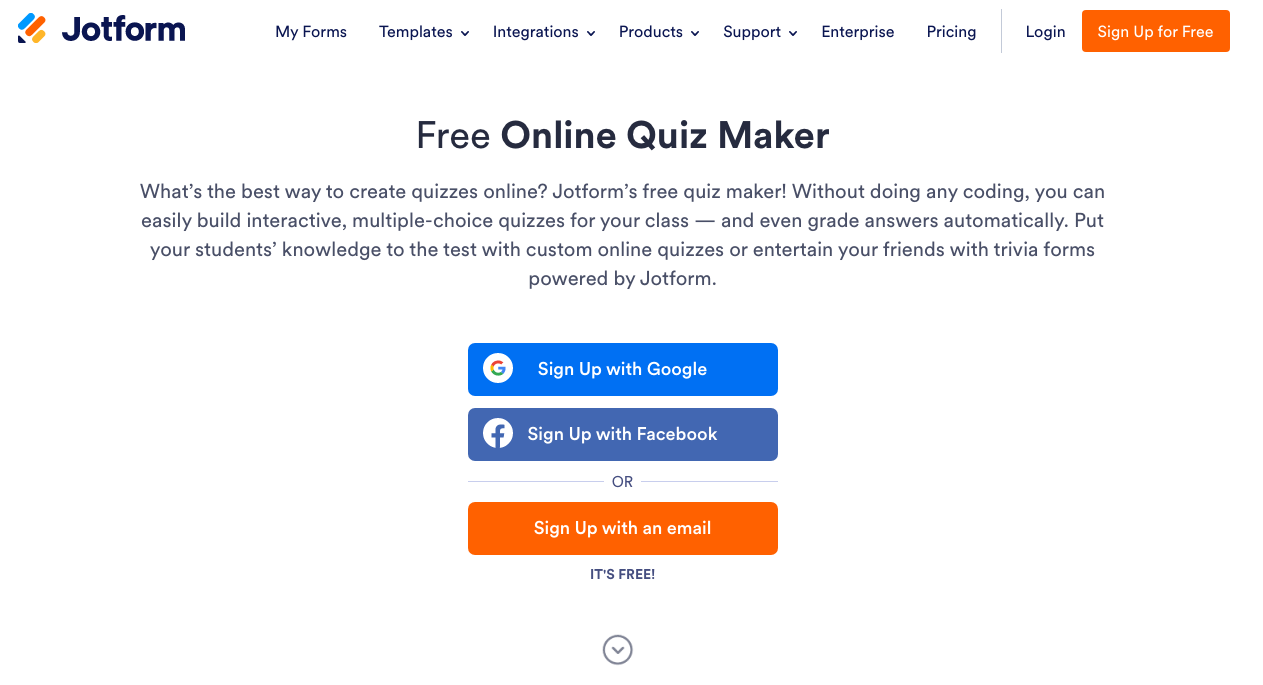
- Xperiencify
Xperiencify is a revolutionary gamification platform that uses seven psychological triggers, such as urgency, FOMO, and social proof, that drive engagement rates through the roof.
Instructors can use gamification elements such as points, countdowns, and leaderboards to motivate students to reach course completion goals.
When used correctly, course creators can expect completion rates 10-30 times higher than the competition.
Link: https://youtu.be/BgPA1rHv8xs
- Brainscape
Brainscape boasts of being the world’s most brilliant flashcard app.
Brainscape uses cognitive science gamification software that optimizes studying by repeating more challenging concepts in perfect intervals to maximize memory retention.
You can bet there is a flashcard for every possible application.
And if you cannot find a flashcard deck in their robust database, you can create your own.
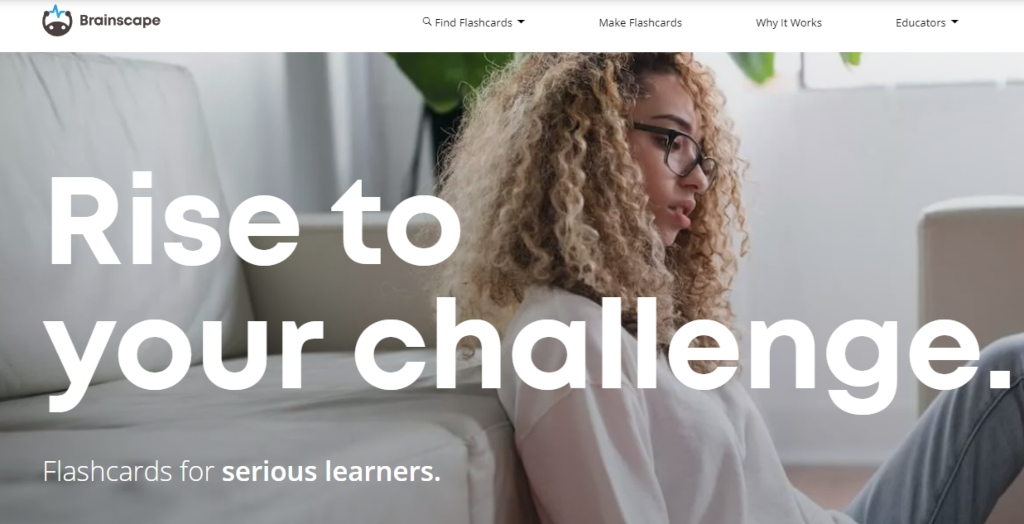
- Cerebriti
Cerebriti, created in Spain, is a gamification software platform that offers two distinct angles to the learning process.
First, students create their educational games, and second, they play other students’ or teachers’ games to consolidate their learning process.
There are games on all subjects for all ages, and they are multi-platform.
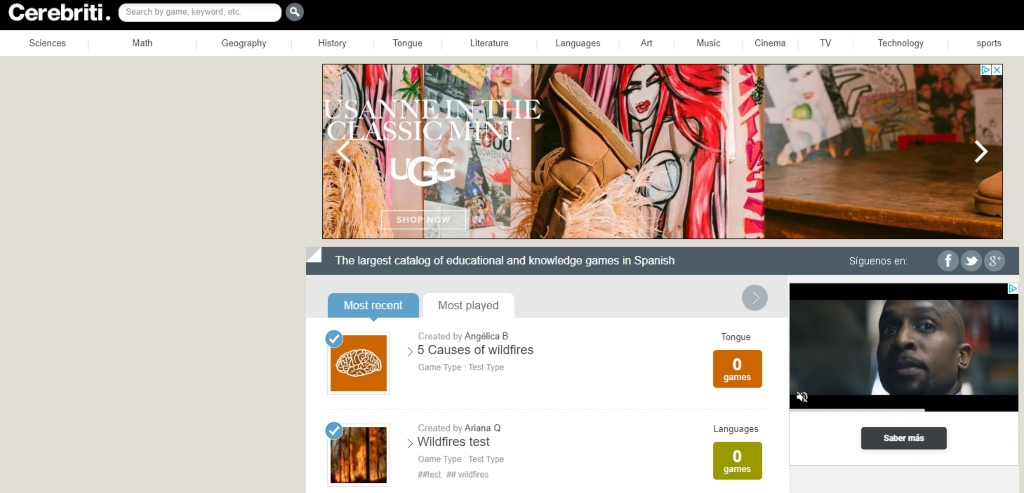
- BookWidgets
BookWidgets is a gamification software that serves all educators, including; elementary teachers, middle or high school teachers, university professors, and professional trainers.
BookWidgets also offers 40+ digital exercise templates that work on smartphones, tablets, or computers.
BookWidgets is a fast and efficient grading system that provides feedback to students and teachers, allowing them to assess problem areas or where students may need extra attention.
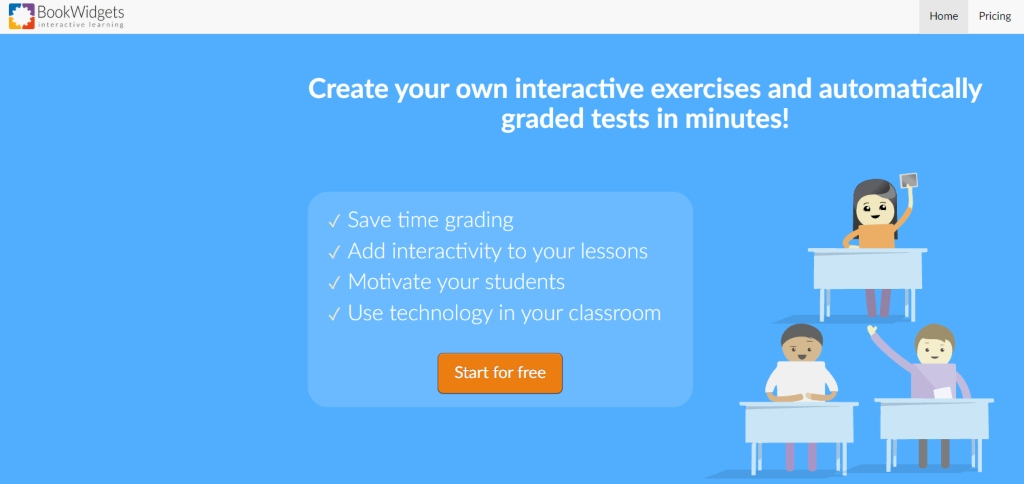
- ChemCaper
ChemCaper is a video game platform developed by school teachers that teaches fundamental chemistry concepts to teenagers aged 10 to 14 years old.
Students report that they remembered 90% of concepts learned in 6 months after playing the game for the first time.
Based on chemistry concepts and the Periodic Table, students can explore unique environments, craft potions, and battle with collectible creatures.
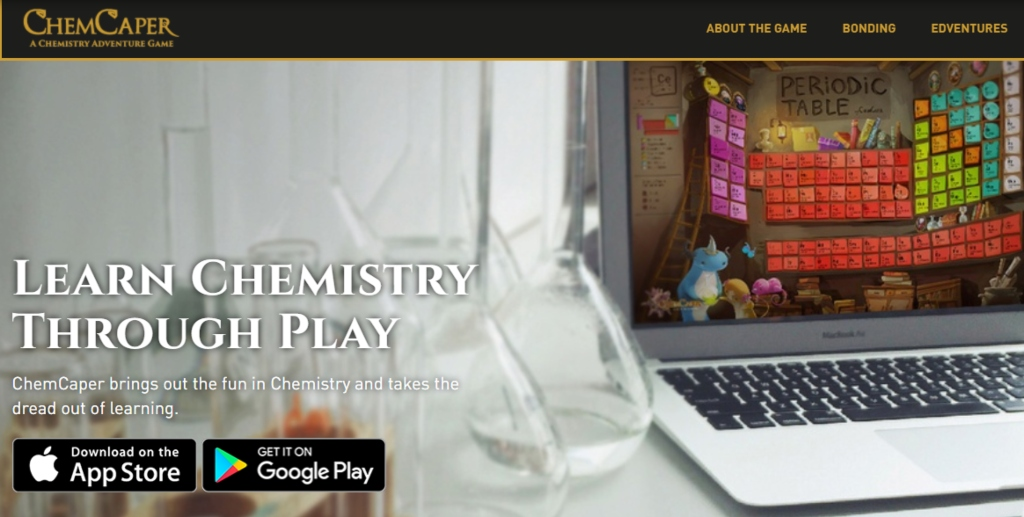
- Course Hero
Course Hero focuses on filling the gap between college and the workplace.
The gamification features are fundamental, with achievement badges for accomplishments like logging on during the weekend, uploading documents, and completing classes.
There’s a sitewide leaderboard, but lacking here is community or interaction between students.
Course Hero’s strengths are its study resources, 24/7 homework support, textbook solutions and explanations, and expert tutors.

- Edmodo
Edmodo is a free app that mirrors the functionality of a social media network for educational purposes.
It provides tools that allow teachers and users to send messages, share training materials, and make learning accessible anywhere.
In addition, Edmodo communicates with parents keeping them up to speed on class updates, allowing them to sync with their children's teachers and support learning at home.
And lastly, parents can see classroom activities and grades to support their children's progress.
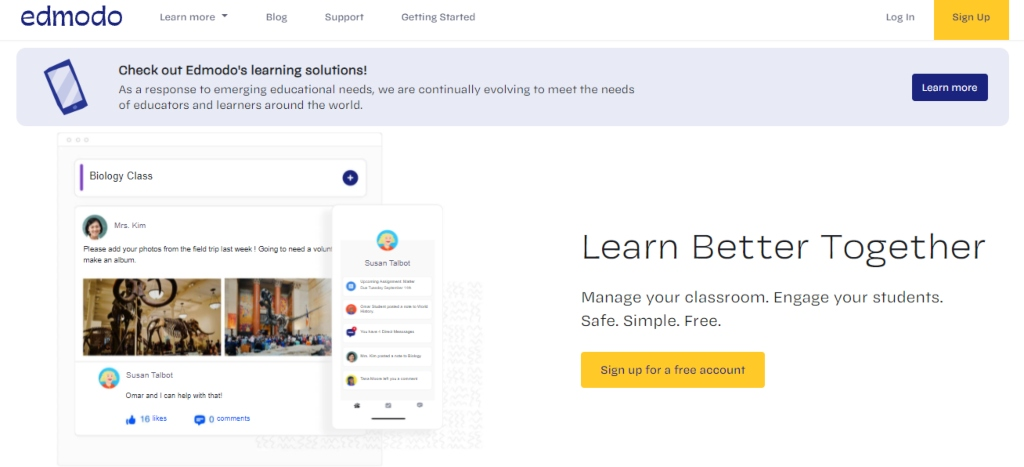
- Classcraft
Classcraft promotes social and emotional learning (SEL) through its gamification software.
Class Craft is a mobile game app where students create their avatars complete with special powers to navigate the classroom, its rules, and deadlines collaboratively.
You can utilize Class Craft to get students fully interacting with the rules of your classroom and beyond.
And it is a perfect classroom management tool for high school students.
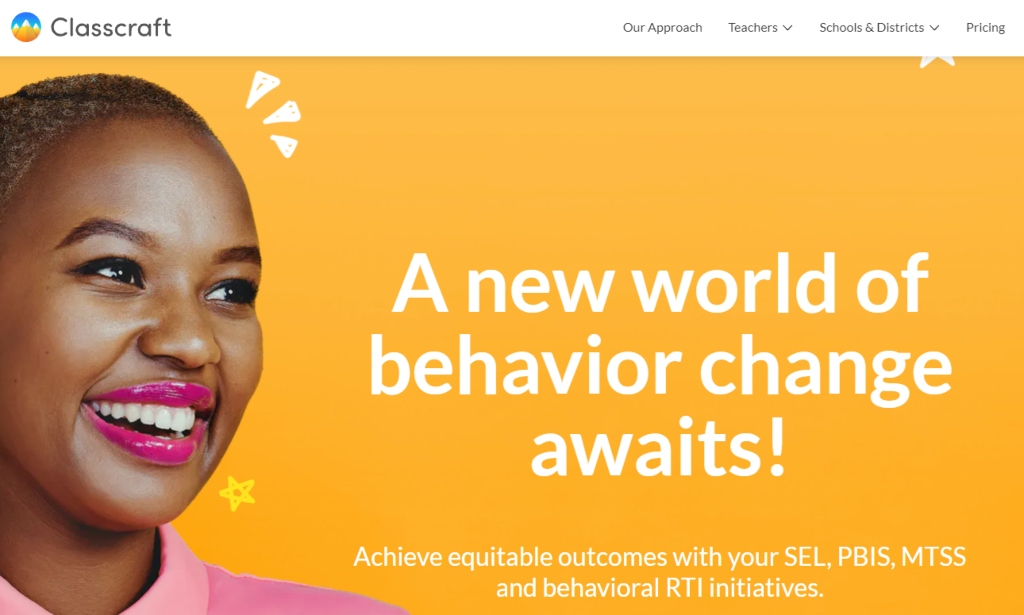
- Genially
Genially is a platform to gamify your presentations by making them interactive and fun.
Genially works to elevate the learning experience by allowing you to import any presentation by offering rich animation and gamifying anything from quizzes to escape rooms filled with interactivity.
Also, Genially offers a myriad of templates to plug and play your existing content into so that you can be up and running fast.
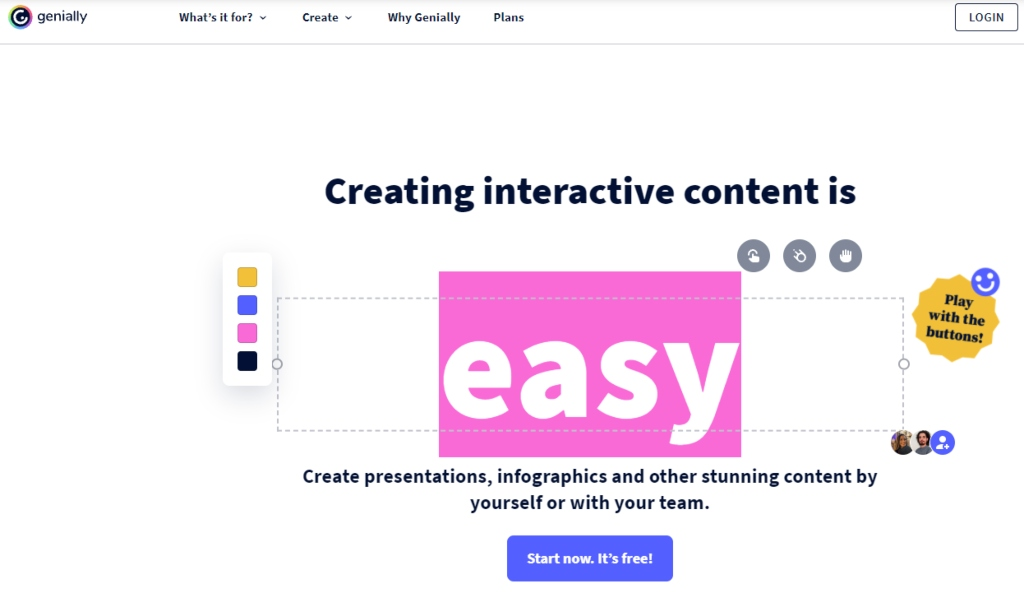
- Virtonomics
Virtonomics is a business simulation offering student engagement through a gamified experience in economics, entrepreneurship, competition, marketing, finance, sales, production, strategy, innovation, startup development, R & D, HR, supply chain management, and more.
It boasts an online community of 1 million players from all over the world engaging in various business platform simulations.
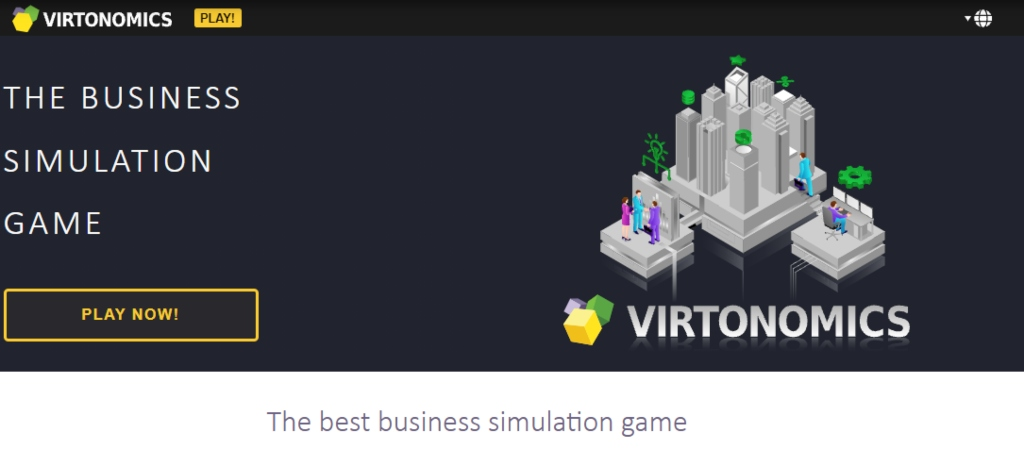
- Gimkit
Gimkit is a gamification software that offers a live learning game show experience with constant updates, new modes, and power-ups that keep the game fresh and relevant.
Students answer questions on their own devices and are presented the same questions in multiple ways to ensure mastery of a topic.
Students’ rewards come with in-game cash by answering questions correctly, but at the same time can lose some money by answering incorrectly, motivating them to be thoughtful with their answers.
And Gimkit can be used outside of the classroom as homework, which facilitates automatic grades for you.
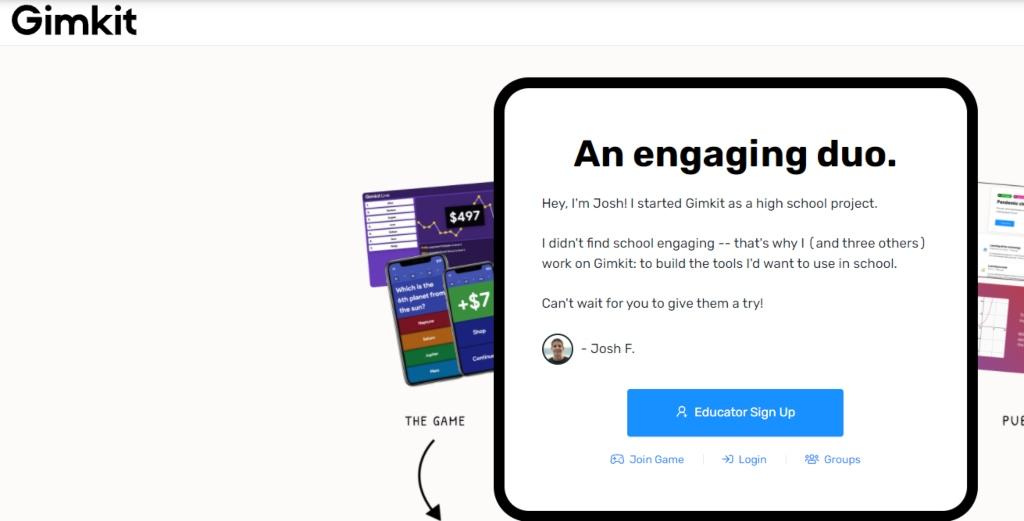
- Kahoot! (My favorite)
Kahoot! offers a game show environment to get students excited about learning.
Particularly useful in the school setting for quizzing vocabulary, multiplication, and simple geography.
And Kahoot! provides support to many learning settings such as school, work, and home.
Kahoot! is utilized by more than 1 million+ players annually in more than 200 countries.
Kahoot! is used in the US by over 50% of teachers and 97% of Fortune 500 companies.
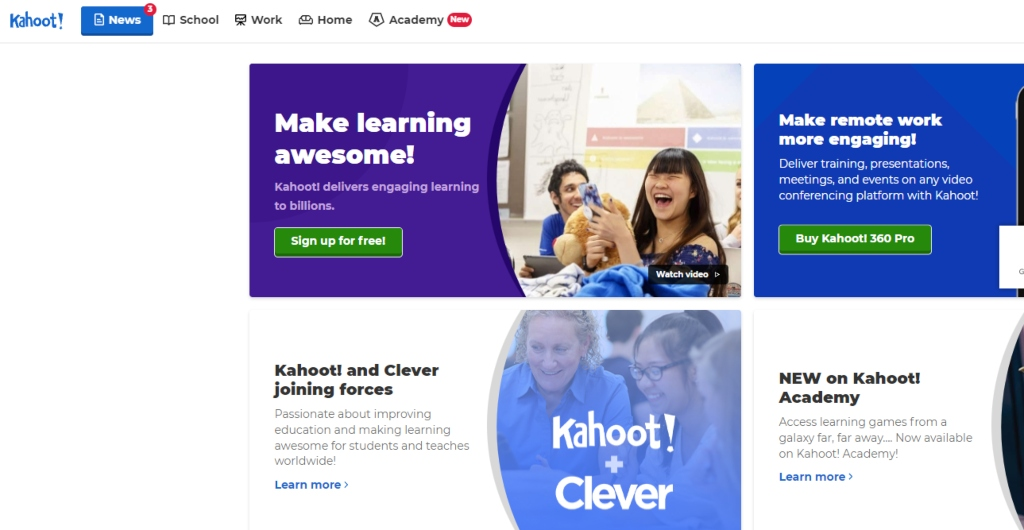
- ClassDojo
ClassDojo is an app that connects teachers with students and parents.
The Class Dojo app focuses on younger children of primary school age.
Creating a positive culture by working hard, being kind, or just helping others, Class Dojo is brilliant at fostering or strengthening new behaviors.
Teachers can also keep parents in the loop by communicating the story of their classrooms by instantly sharing photos, videos, and announcements or by privately messaging with any parent.
And Class Dojo will always be free for teachers.
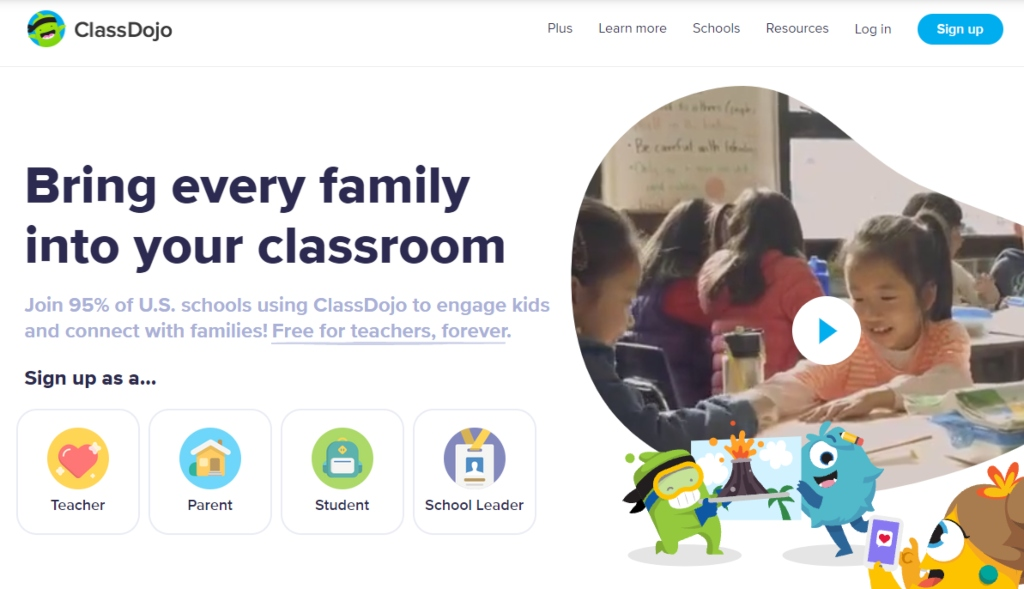
- Knowre
Knowre is an online math program platform that supports the needs of all students with a personalized online math curriculum for each student, instructional support at every step, and an intuitive online math interface.
Comics are used for grades six and above to introduce lessons and provide a fun visual learning experience.
Knowre Math provides standards-based instruction for Grades 1-12 with over 70,000 rigorous practice and real-world application problems organized into topic-specific lessons.
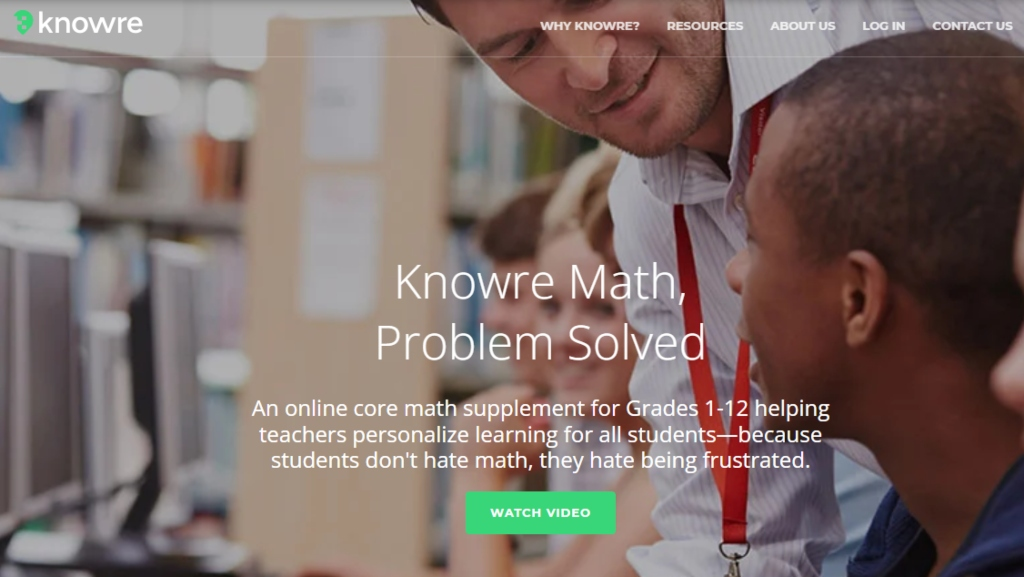
- Minecraft: Education Edition
Minecraft: Education Edition is a gamification tool based on the award-winning video game Minecraft.
The Minecraft: Education Edition offers features designed for teaching, pre-built lessons, and cross-curricular support.
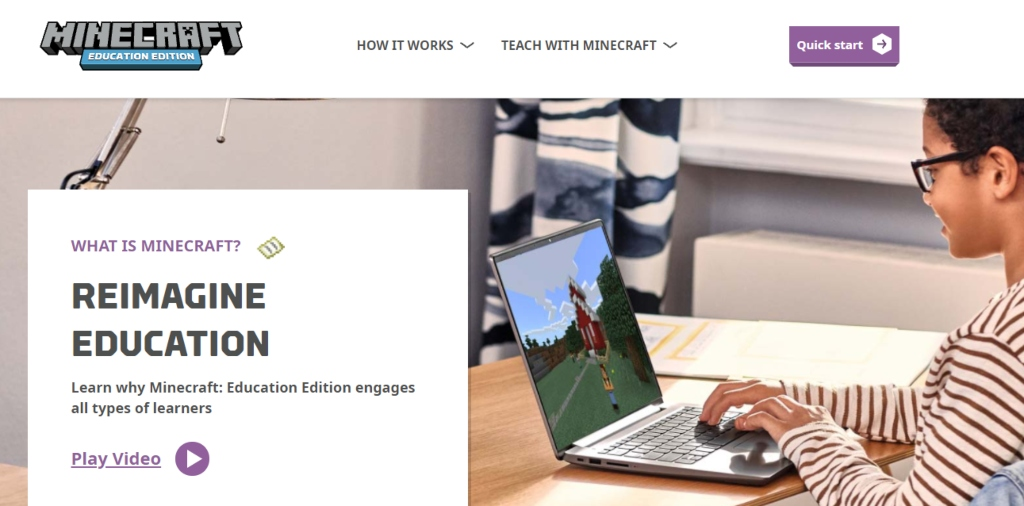
- CodeCombat
CodeCombat is a video game platform that teaches students how to code through play.
With CodeCombat’s unique gamification software, students learn to play and write code from the start of their adventure in the game.
CodeCombat focuses on beginners learning Python, Javascript, and C++ programming languages.
Teaching over 20 million students Computer Science, CodeCombat teaches students to be critical, confident, and creative learners regardless of experience.
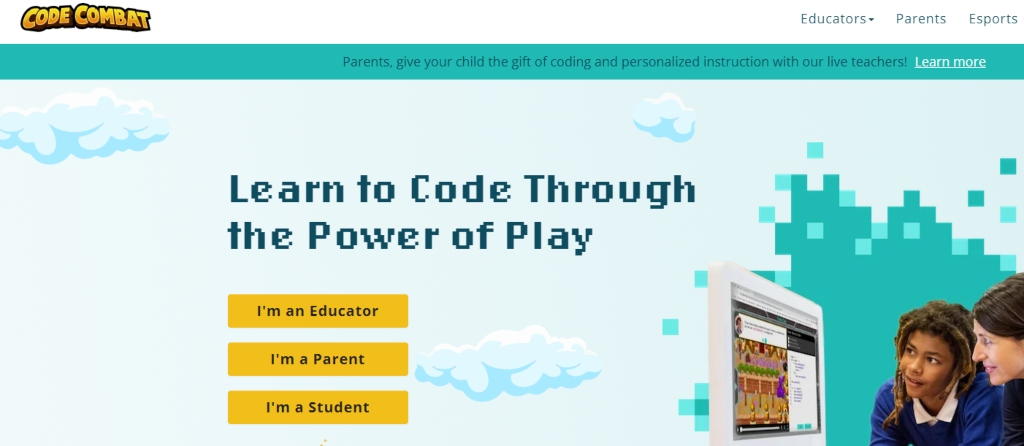
- Monster Kit
Monster Kit is a board game aimed at primary school children allowing 1 to 10 players.
It allows you to practice creative skills by utilizing drawing, reading, writing, doing calculations, and fostering imagination by developing funny monsters.

- GooseChase
GooseChase is gamification software that allows you to run real-world scavenger hunts.
There are multiple ways to use Goose Chase; virtual teams, recreation, onboarding, campus orientation, and K-12 education.
In addition, Goose Chase offers real-time game action that includes a live leaderboard and activity feed, reward points for outstanding submissions, and a reporting dashboard analytics to measure success.
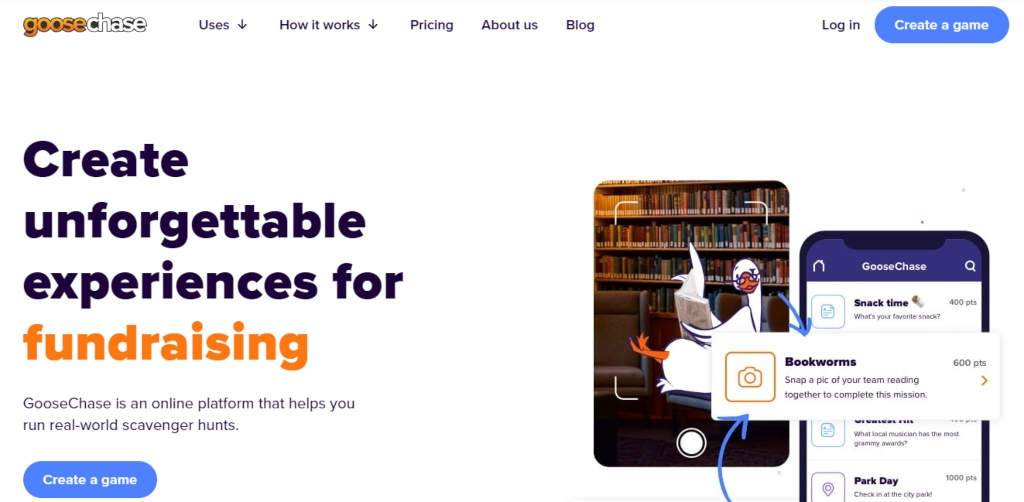
- Pear Deck
Pear Deck is a way to create interactive presentations in the classroom or remotely.
Pear Deck seamlessly integrates with Google or Microsoft-based systems, so there is no need to learn a new system.
Students can interactively respond to questions in real-time that allows teachers to communicate feedback immediately.
These responses can take the form of dragging and dropping pins, drawings, multiple-choice, short text, giving students a website, and providing a numbers-only reaction.
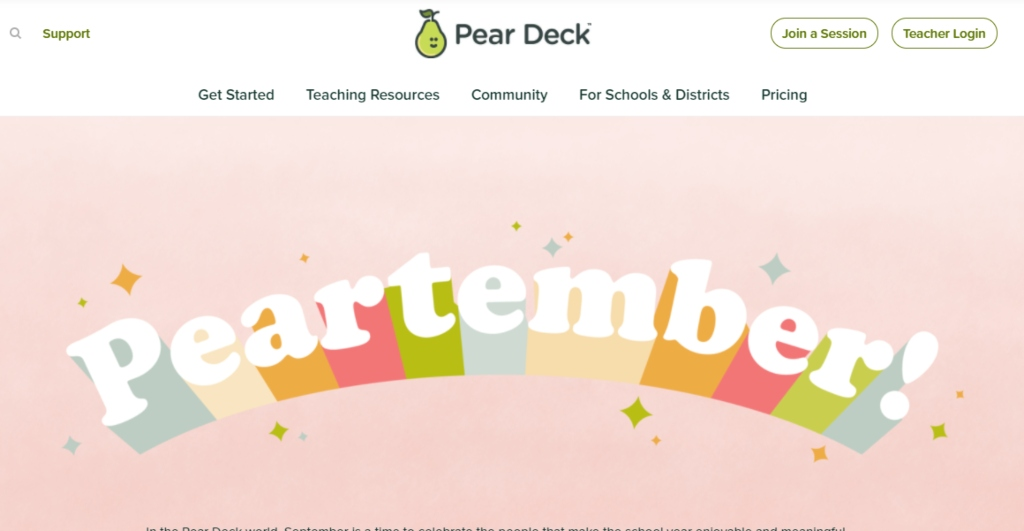
- Quizizz
Quizizz is an online app that allows teachers to quiz and test students in the classroom interactively or at home.
Quizizz offers gamified quizzes, polls, and lessons that can be led by a presenter or self-paced.
Students can join from any device with a web browser and use their iPhone and Android Apps.
Teachers know instantly what’s working and what’s not with real-time reporting and key performance indicators (KPI).
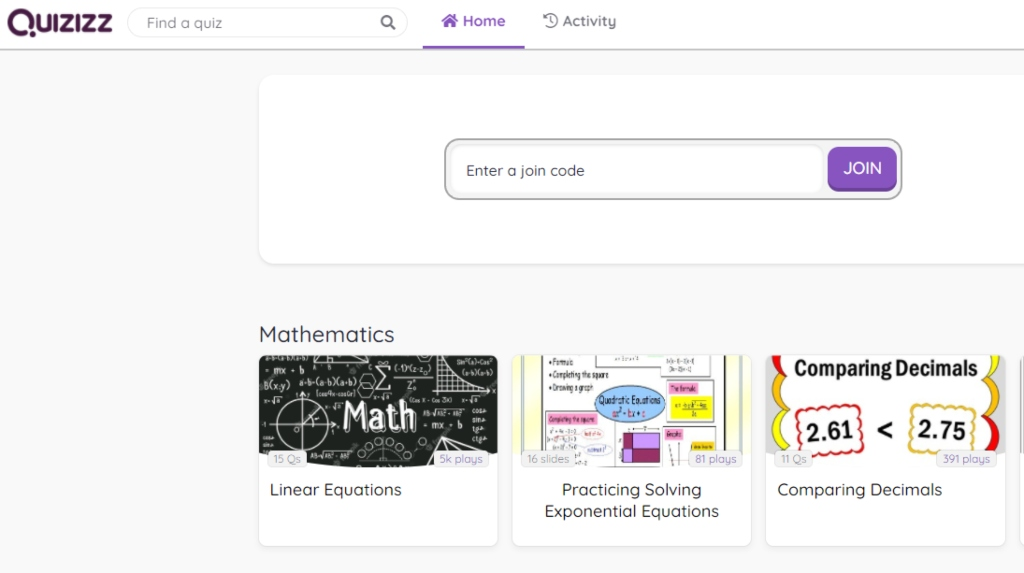
- Socrative
Socrative is a gaming app that offers everything from quizzes to polls and is 100% free to all students.
Offering three customizable game modes called “space race” aimed at accuracy and speed, your typical question and answer mode, and “Exit Ticket” aimed at assessing how well lessons create a learning experience.
You can use Socrative on smartphones, tablets, laptops, and computers.
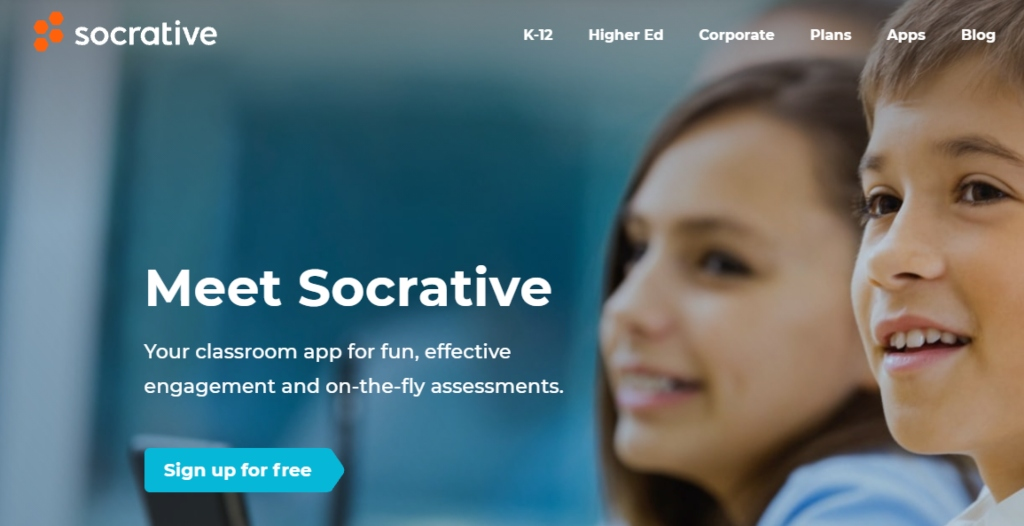
- PlayBrighter
PlayBrighter allows you to set your students on missions to complete specific learning objectives in a gamified manner.
From spelling to science, French vocabulary, to the Fibonacci sequence, the games employ over 15,000 possible questions you could ask and gives you the ability to add your questions.
Utilizing avatars, students can add personas to their learning experience to accomplish learning objectives making the game more interesting.
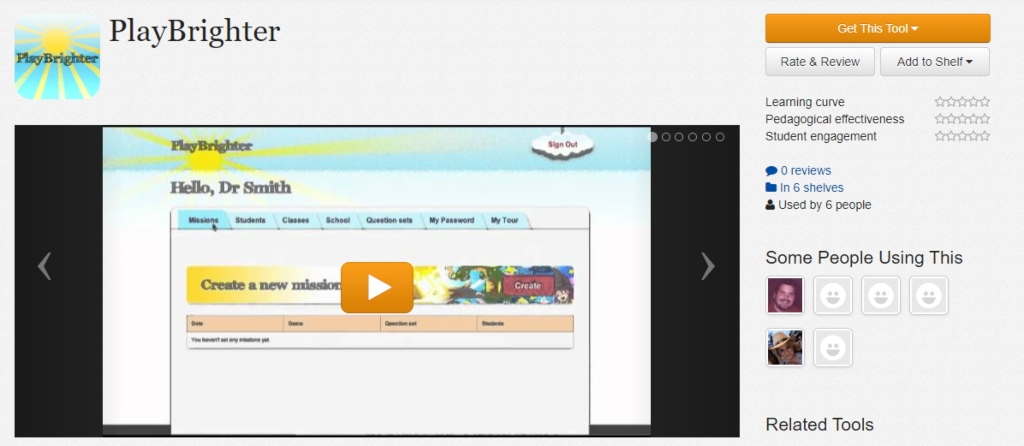
- Toovari
Toovari is a multi-player platform created and developed in Spain.
It allows you to create a class where you can invite students and test their knowledge via game mechanics.
Toovari also includes assessments and communication with parents providing a robust environment that capitalizes on the latest technologies.
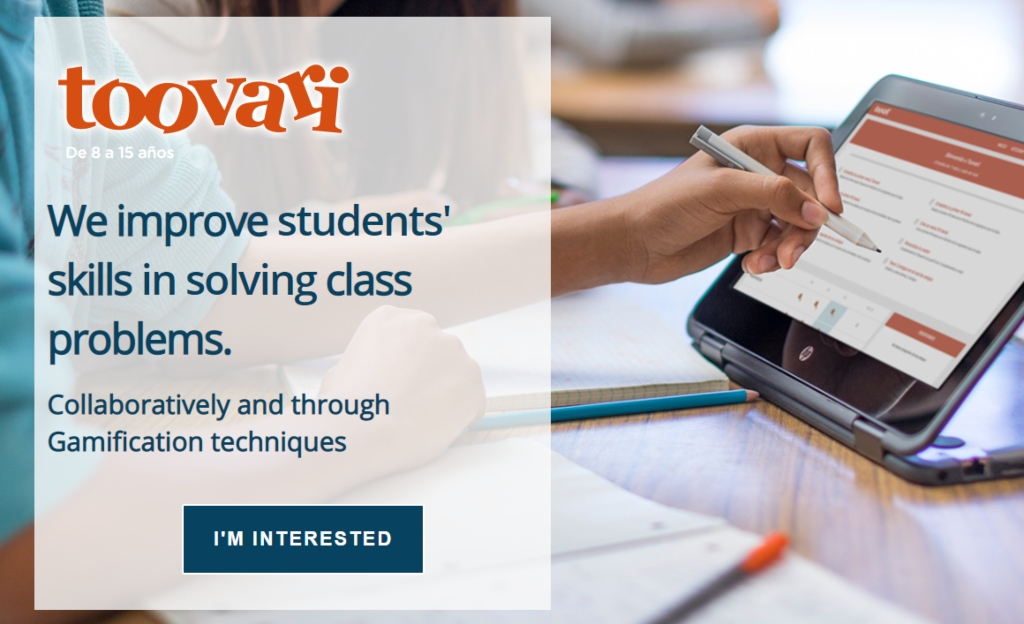
- Quizlet
Quizlet is a multi-national American company offering digital flashcards, matching games, electronic practice assessments, and live quizzes similar to Kahoot!.
Available in English, German, Spanish, Chinese, Japanese, Korean, Portuguese, Polish, Russian, French, Indonesian, Dutch, Italian, Turkish, Vietnamese, and more.
It is an excellent study aid for anything that requires memorization in a fun, gamified manner.
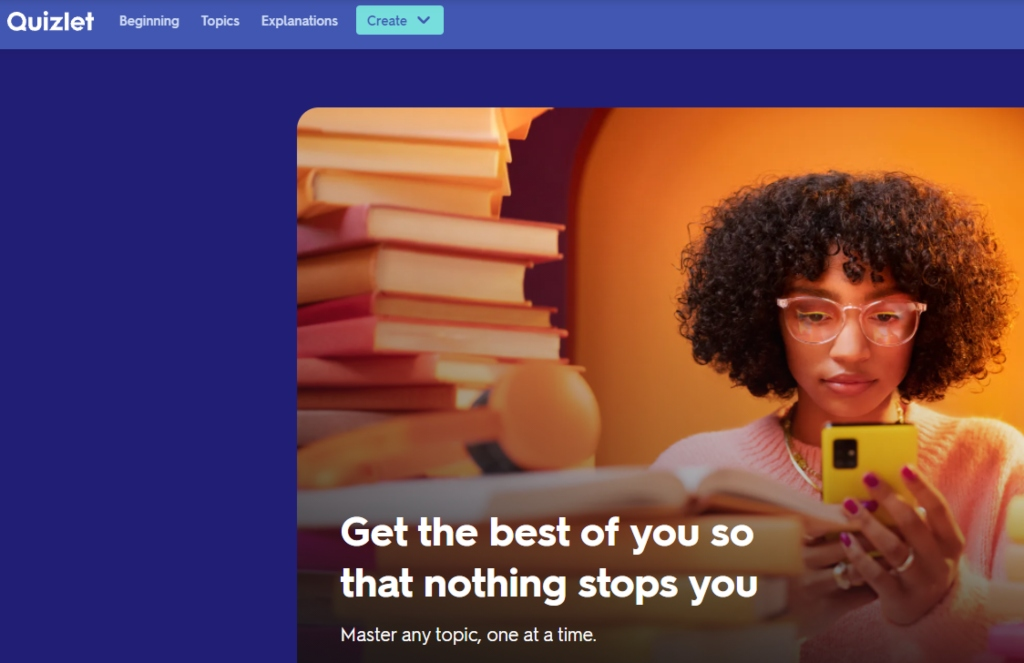
- Trivenet
Trivenet is a free online trivia game created by a teacher to gamify the learning process.
In addition, it allows you to set up your own trivia game, allowing students to engage with your specific learning objectives.
And lastly, Trivenet is now available in a downloadable app for android platforms.
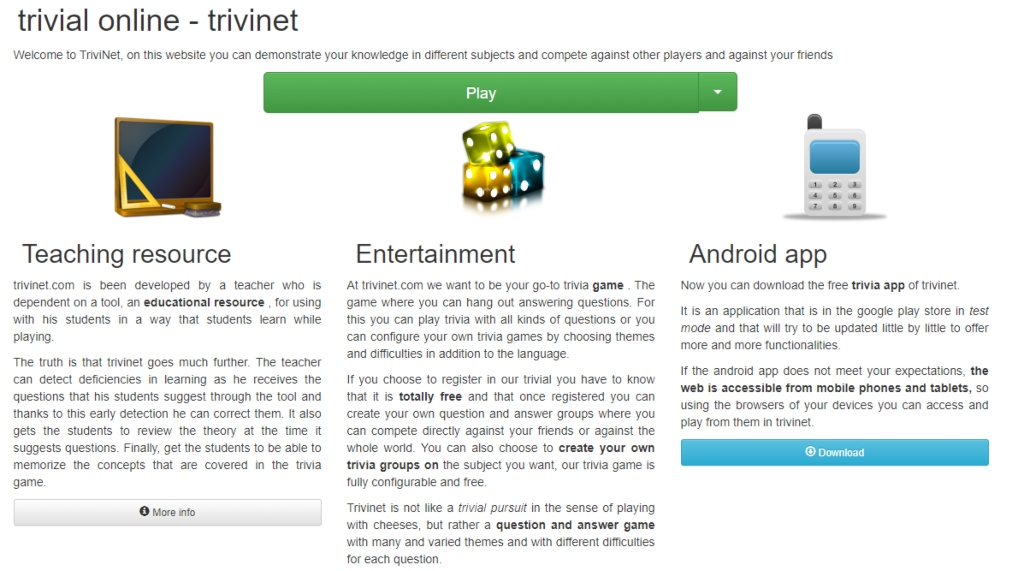
- Breakout EDU
Breakout EDU offers 1,800 kit-based digital games that span every grade level.
Games are available for core subjects like Math, Science, History, and general topics such as holidays, team building, and more.
Through Breakout EDU’s puzzle-based game design, students' critical thinking and creativity are put to the test as teams explore clues to create the perfect lock combinations to solve the puzzles.
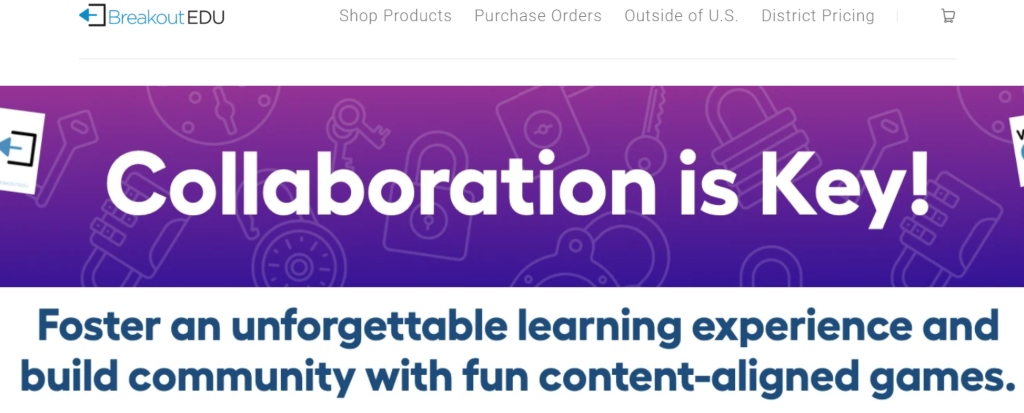
Best,
Mr. Bryan


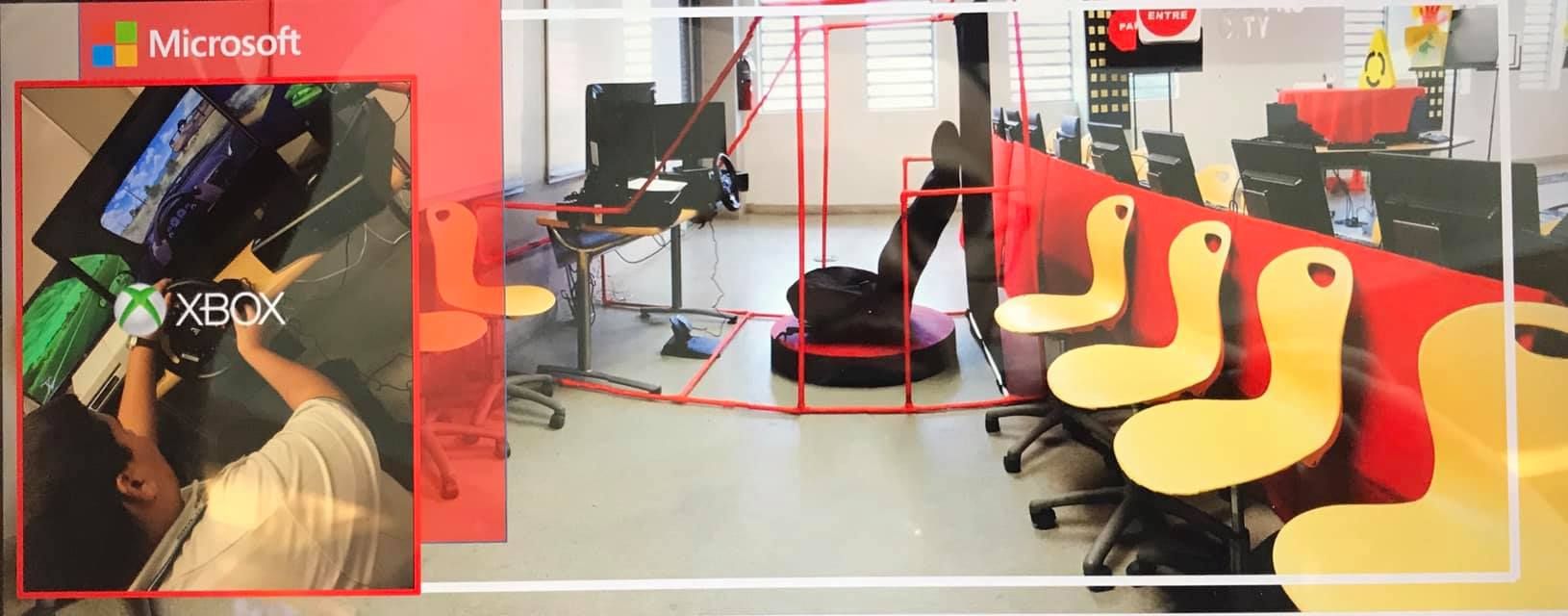

.jpeg)
.jpeg)
